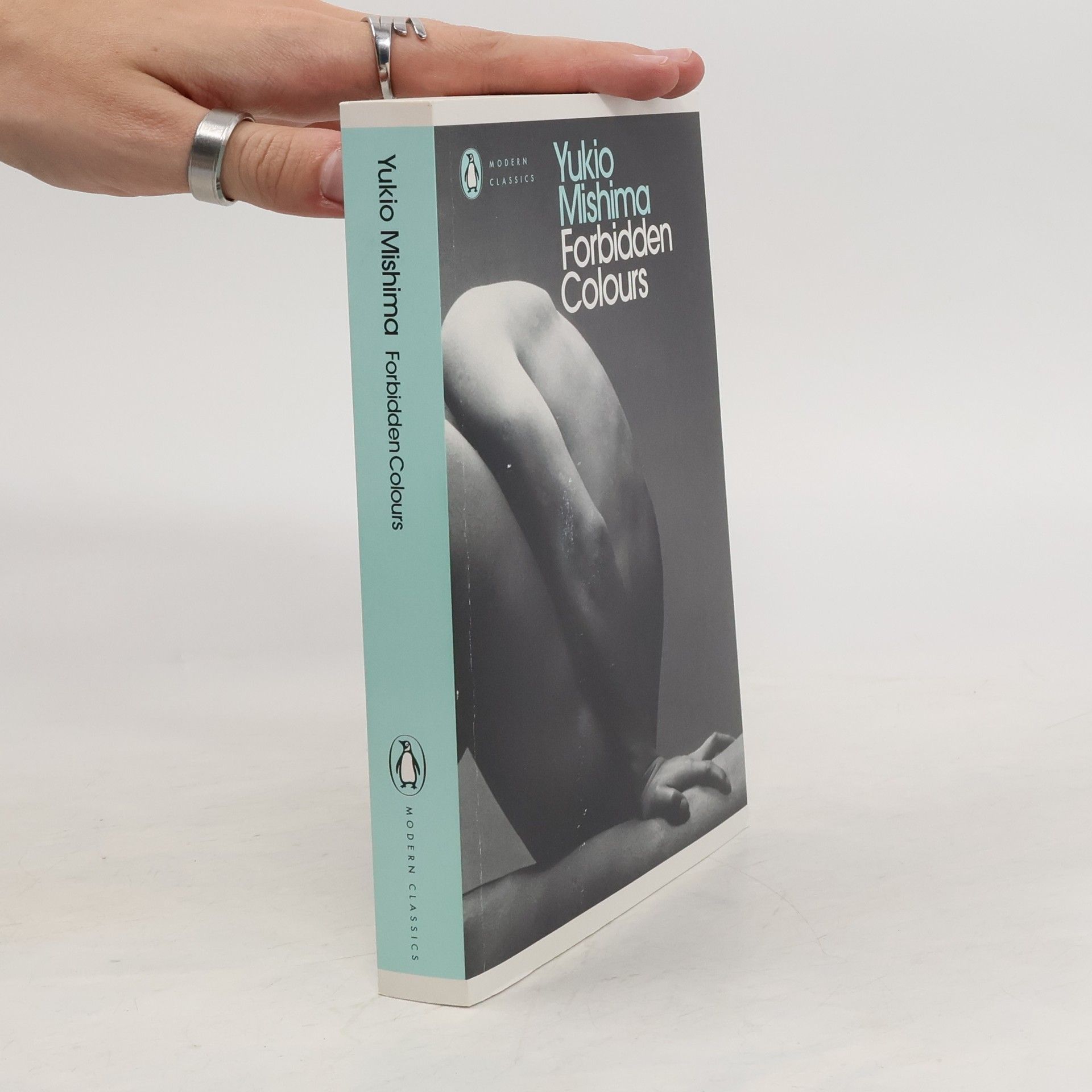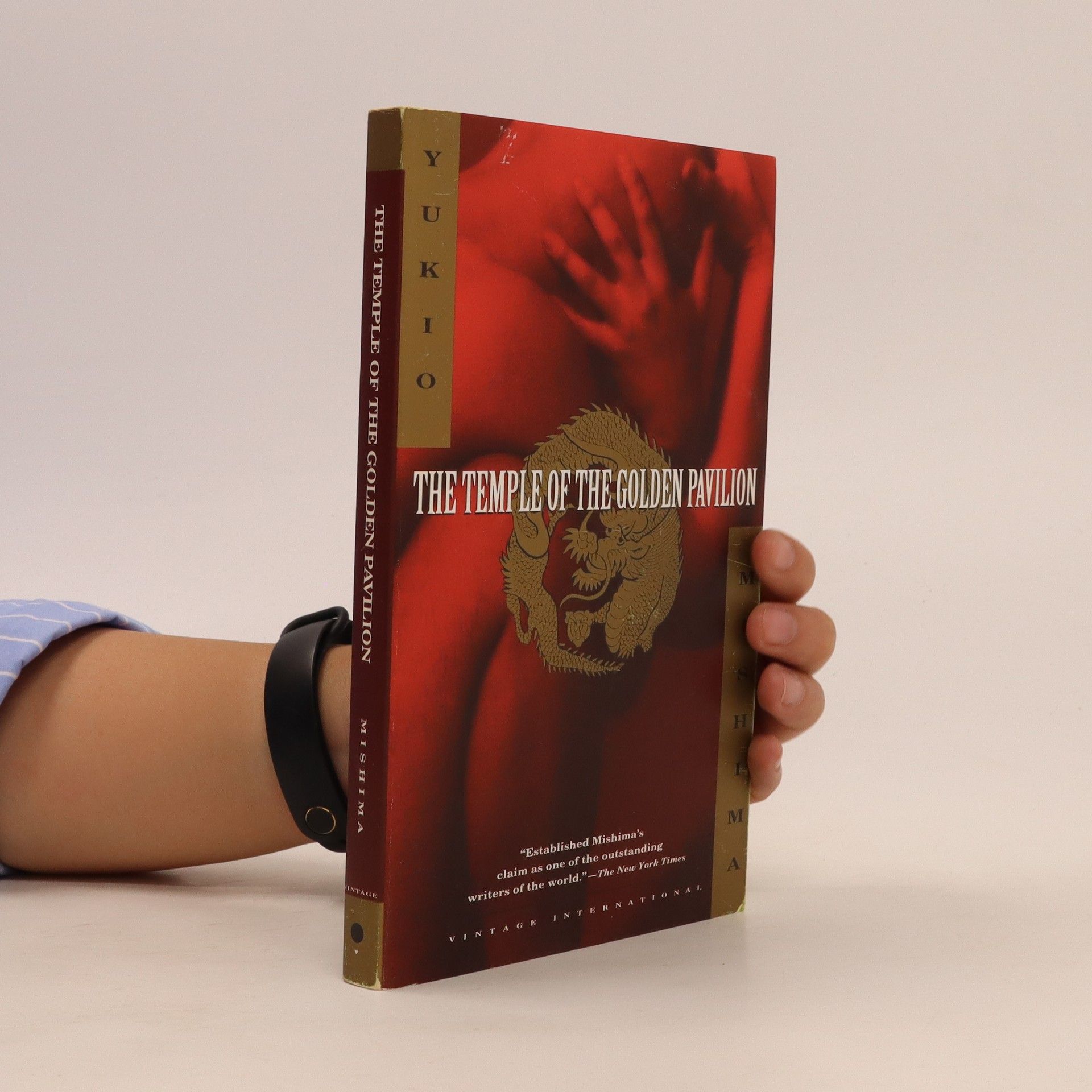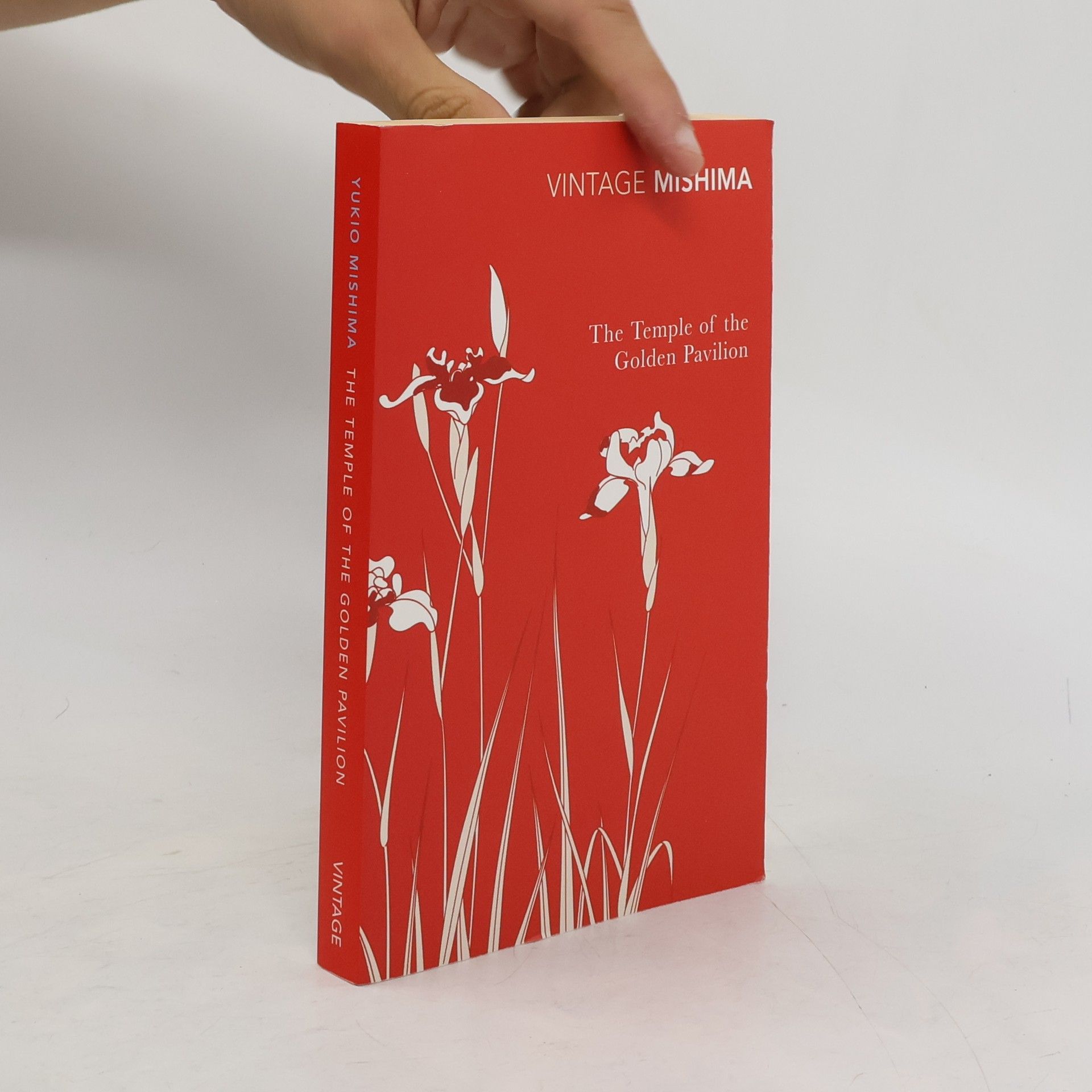Yukio Mishima’s Runaway Horses is the second novel in his masterful tetralogy, The Sea of Fertility. Again we encounter Shigekuni Honda, who narrates this epic tale of what he believes are the successive reincarnations of his childhood friend Kiyoaki Matsugae. In 1932, Shigeuki Honda has become a judge in Osaka. Convinced that a young rightist revolutionary, Isao, is the reincarnation of his friend Kiyoaki, Honda commits himself to saving the youth from an untimely death. Isao, driven to patriotic fanaticism by a father who instilled in him the ethos of the ancient samurai, organizes a violent plot against the new industrialists who he believes are usurping the Emperor’s rightful power and threatening the very integrity of the nation. Runaway Horses is the chronicle of a conspiracy — a novel about the roots and nature of Japanese fanaticism in the years that led to war.
Mishima Yukio Books
Yukio Mishima was a preeminent Japanese author whose work is characterized by an intense exploration of beauty, death, and the transience of human existence. His prose, often stylized and rich with sensory detail, delves into the depths of the human psyche, examining the tension between carnal desire and spiritual seeking. Mishima frequently engaged with themes such as aesthetics, homosexuality, betrayal, violence, and the search for meaning in the modern world. His unique style and provocative subject matter made him one of the most significant and controversial figures in 20th-century Japanese literature.
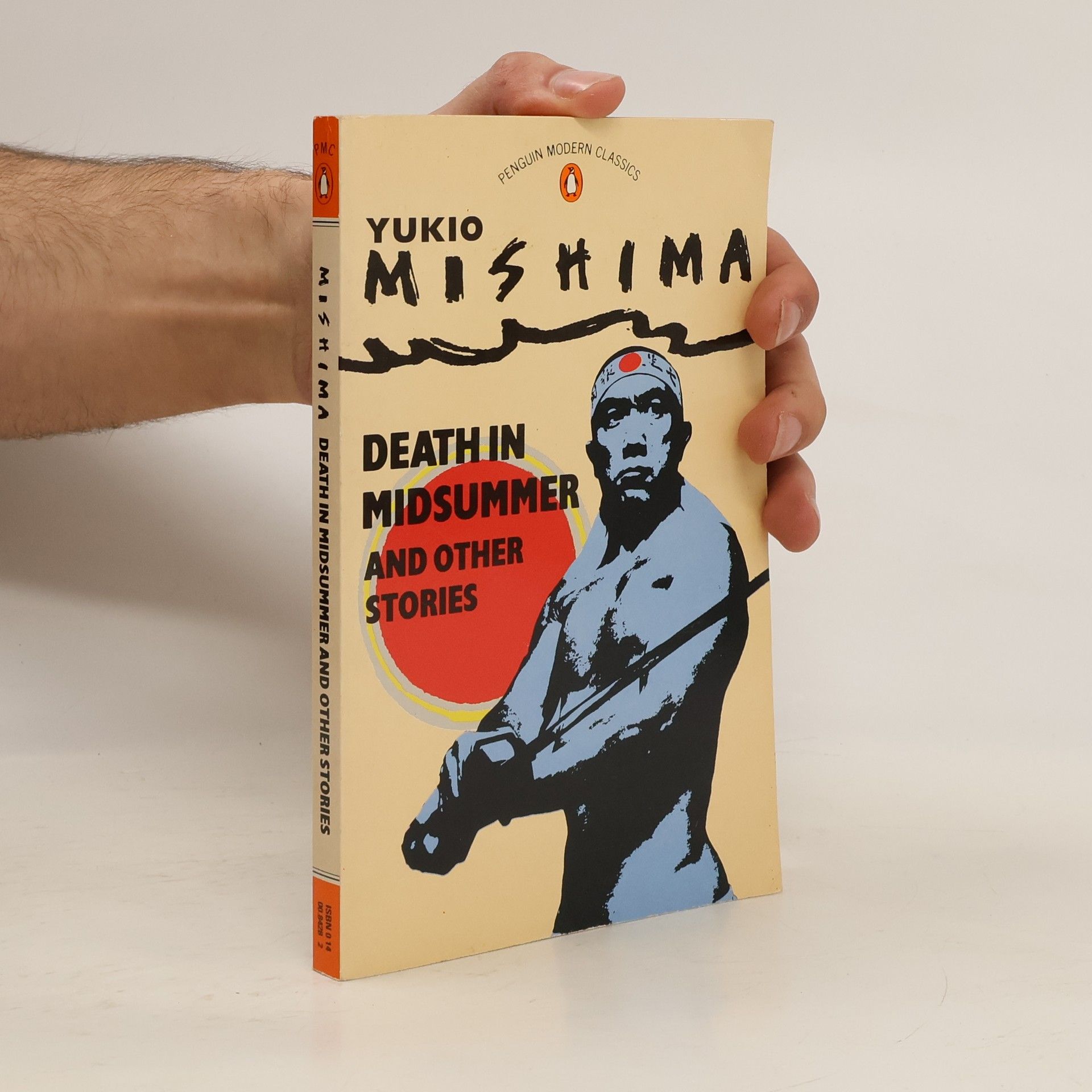


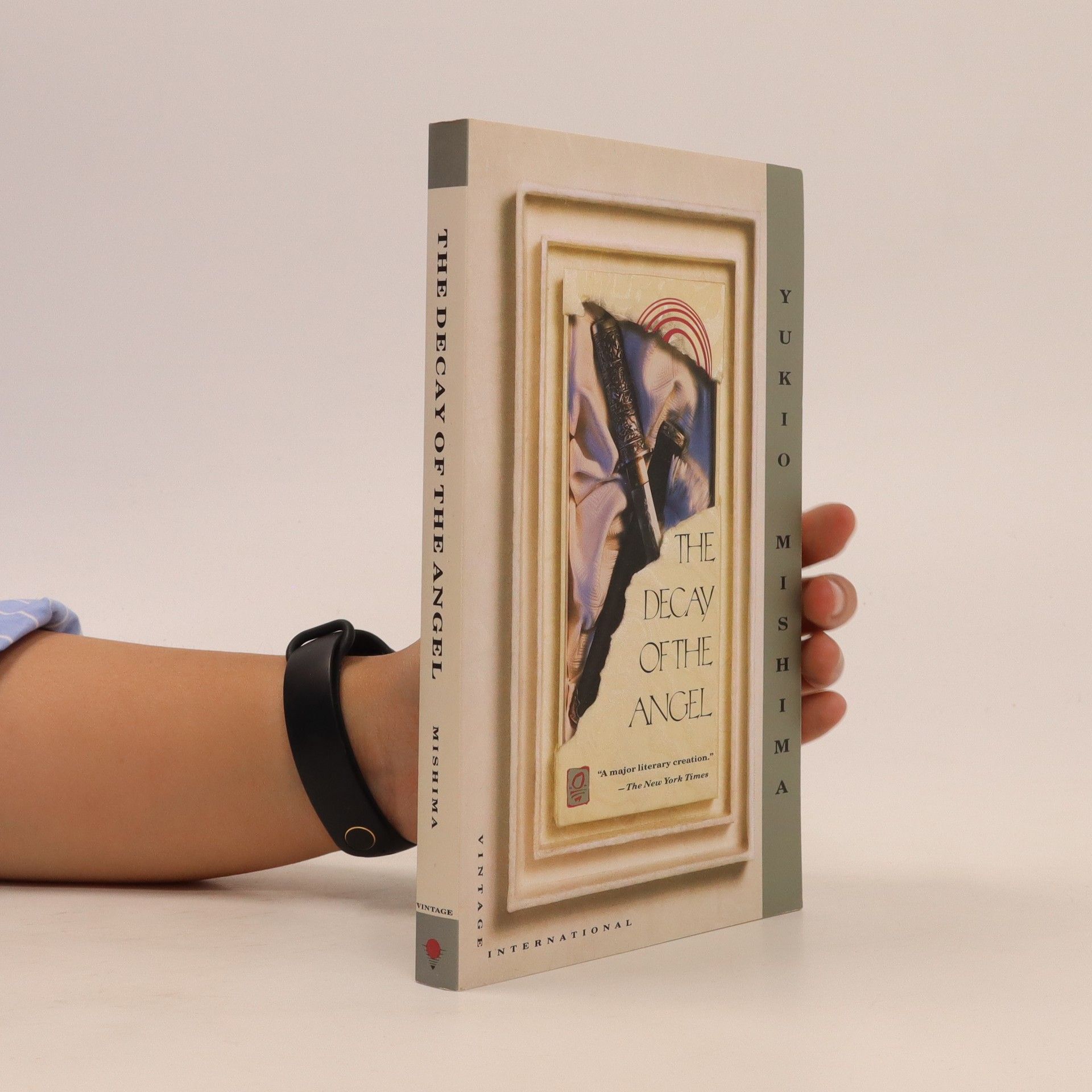
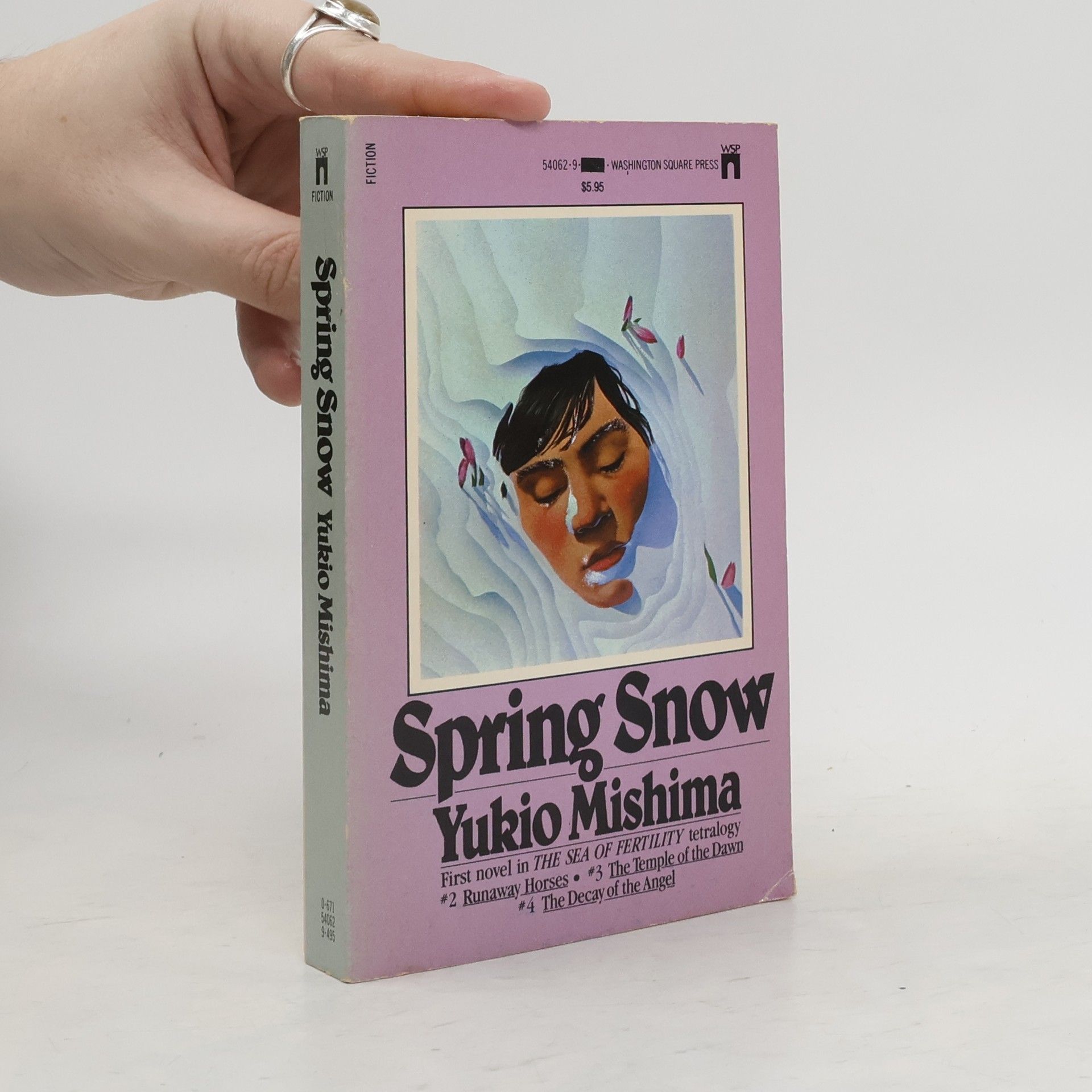
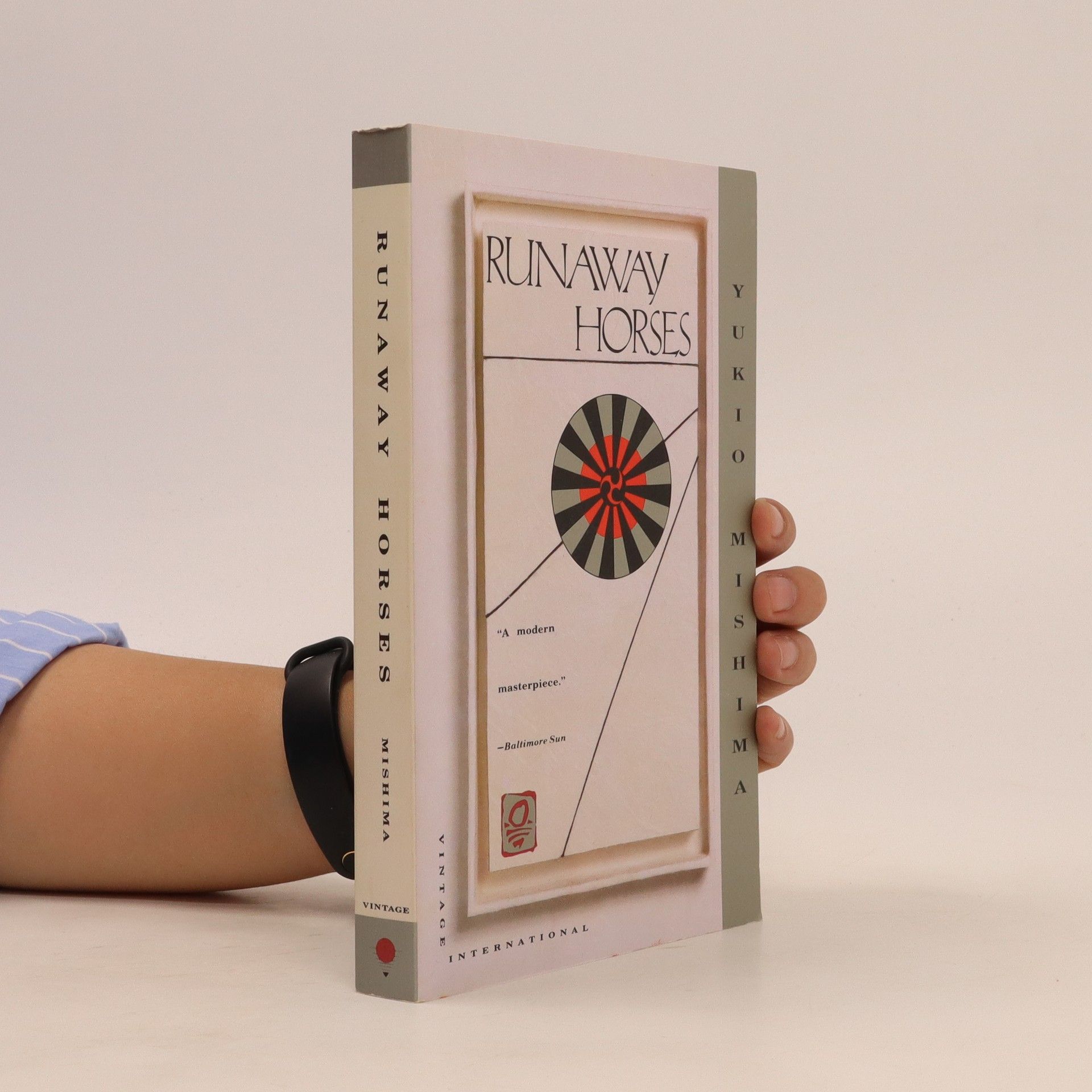
The first novel of Mishima's landmark tetralogy, The Sea of fertility Spring Snow is set in Tokyo in 1912, when the hermetic world of the ancient aristocracy is being breached for the first time by outsiders -- rich provincial families unburdened by tradition, whose money and vitality make them formidable contenders for social and political power. Among this rising new elite are the ambitious Matsugae, whose son has been raised in a family of the waning aristocracy, the elegant and attenuated Ayakura. Coming of age, he is caught up in the tensions between old and new -- fiercely loving and hating the exquisite, spirited Ayakura Satoko. He suffers in psychic paralysis until the shock of her engagement to a royal prince shows him the magnitude of his passion, and leads to a love affair that is as doomed as it was inevitable.
Yukio Mishima’s The Decay of the Angel is the final novel in his masterful tetralogy, The Sea of Fertility. It is the last installment of Shigekuni Honda’s pursuit of the successive reincarnations of his childhood friend Kiyoaki Matsugae. It is the late 1960s and Honda, now an aged and wealthy man, once more encounters a person he believes to be a reincarnation of his friend, Kiyoaki — this time restored to life as a teenage orphan, Tōru. Adopting the boy as his heir, Honda quickly finds that Tōru is a force to be reckoned with. The final novel of this celebrated tetralogy weaves together the dominant themes of the previous three novels in the series: the decay of Japan’s courtly tradition; the essence and value of Buddhist philosophy and aesthetics; and, underlying all, Mishima’s apocalyptic vision of the modern era.
Patriotism
- 57 pages
- 2 hours of reading
One of the most powerful short stories ever written, this work discusses the dynamics of patriotism and honor, love and suicide.
A great, ancient art form, brought right up to date by one of Japan's foremost writers
Death, homosexuality and the spiritual emptiness of post-war Japan: these are the often shocking subjects which Mishima explores. The old world meets the new in this collection of fiction and drama by one of Japan's most celebrated writers. A husband prepares to commit hara-kiri in the name of patriotism; an ascetic struggles with temptation; and a businessman meets a past love in the streets of San Francisco. Violence colours the work of Mishima, as it did his life. But there is also delicate observation, pathos, humour and irony in these beautifully crafted tales. Contents: - Death in Midsummer - Three Million Yen - Thermos Flasks - The Priest of Shiga Temple and His Love - The Seven Bridges - Patriotism - Dōjōji - Onnagata - The Pearl - Swaddling Clothes
A beautiful hardback edition of a great Japanese classic, beautiful, lyrical and deeply ominous.A band of savage thirteen-year-old boys reject the adult world as illusory, hypocritical, and sentimental, and train themselves in a brutal callousness they call 'objectivity'. When the mother of one of them begins an affair with a ship's officer, he and his friends idealise the man at first; but it is not long before they conclude that he is in fact soft and romantic.They regard this disillusionment as an act of betrayal on his part - and the retribution is deliberate and horrifying.'Mishima's greatest novel, and one of the greatest of the past century' The TimesVINTAGE QUARTERBOUND CLASSICS: Bound to be beautiful
Written when Mishima was only twentysix, Forbidden Colors is a depiction of a male homosexual relationship, in which a rich older man buys the love of a young man who is stunningly handsome but who lacks the ability to love. As in Mann's Death in Venice, the older man's longing for the beauty of youth is associated with aestheticism and death.
A haunting portrait of a young man’s obsession with idealized beauty and his destructive quest to possess it fully—and the book that “established Mishima’s claim as one of the outstanding writers of the world" (The New York Times). Because of the boyhood trauma of seeing his mother make love to another man in the presence of his dying father, Mizoguchi becomes a hopeless stutterer. Taunted by his schoolmates, he feels utterly alone and develops a childhood fascination with Kyoto’s famous Golden Temple. While an acolyte at the temple, he fixates on the structure’s aesthetic perfection and it becomes his one and only object of desire. But as Mizoguchi begins to perceive flaws in the temple, he determines that the only true path to beauty lies in an act of horrific violence. Based on a real incident that occurred in 1950, The Temple of the Golden Pavilion brilliantly portrays the passions and agonies of a young man in postwar Japan, bringing to the subject the erotic imagination and instinct for the dramatic moment that marked Mishima as one of the towering makers of modern fiction.
The Temple of the Golden Pavillion
- 256 pages
- 9 hours of reading
After witnessing his mother with another man while his father was dying, Mizoguchi becomes a stutterer and faces bullying at school. Feeling isolated, he finds solace as an acolyte at a renowned temple in Kyoto, where he becomes deeply obsessed with its beauty.
